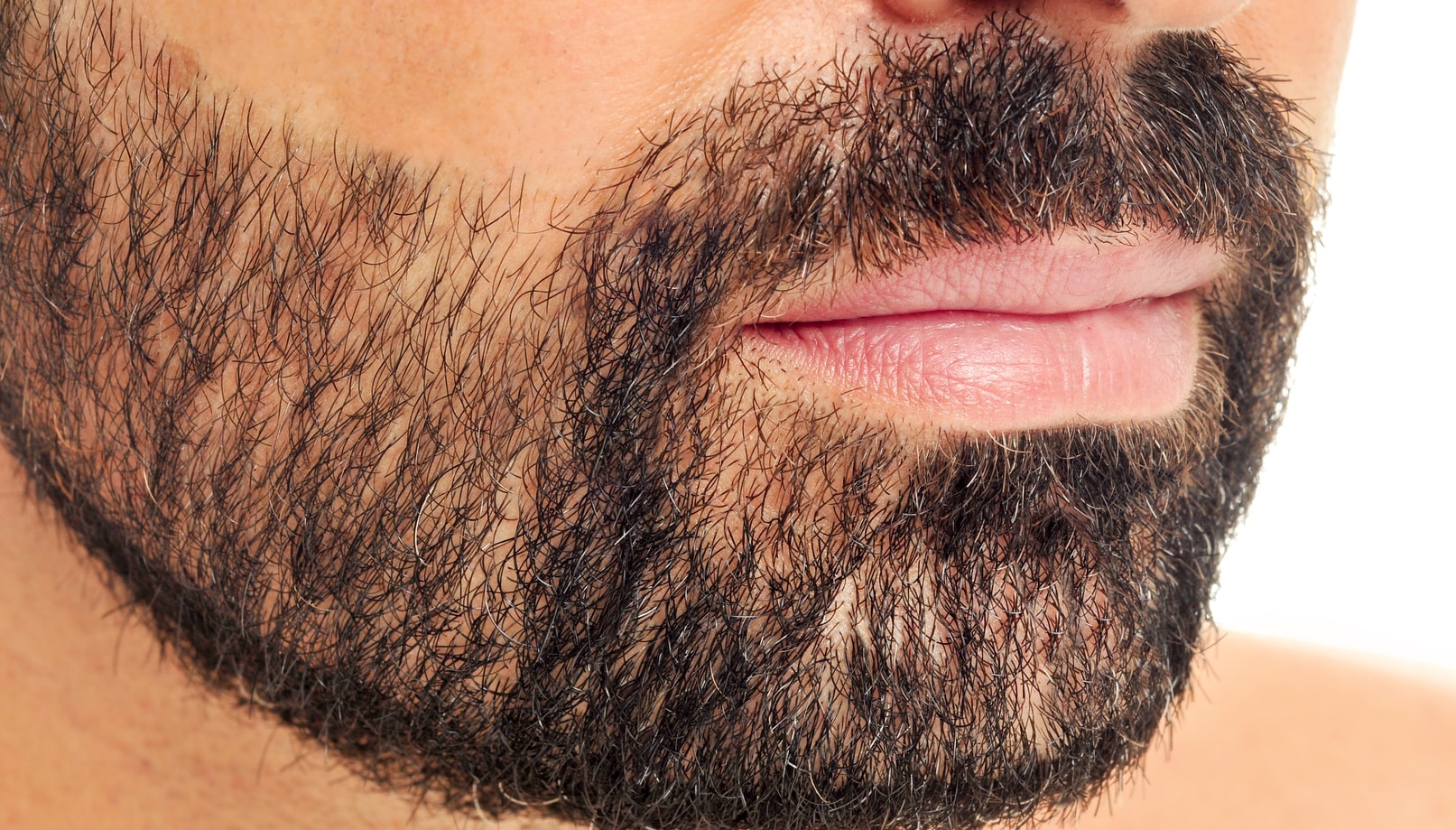
Eyebrow and facial hair transplant is a cosmetic procedure used to enhance a person's natural eyebrow, beard, or mustache area. Eyebrows can become thin due to personal grooming routines such as waxing, plucking, or other hair removal methods. When facial trauma occurs and a scar is formed causing the hair to stop growing there, patients may also seek a hair transplant in these areas. Scarring due to surgery, for example to remove a tumor or birthmarks within the hairy regions of the face is another reason to have an eyebrow or facial hair transplant.
This procedure is similar to standard hair transplant methods, where the hair is harvested from the back of the scalp and transferred to the desired areas. A small incision is made on the scalp to remove a thin strip of tissue. The tissue is dissected by hand under a microscope into individual hair follicles. Using a small needle, the surgeon makes small holes or tunnels where the transplanted hair is needed. Each graft is placed in its own tunnel until all the necessary hairs are transplanted.
The ideal eyebrow and facial hair transplant candidate is someone who has patches of hair which need replaced or thickened due to hair loss and has ample donor hair on the back of the scalp. This procedure can add volume to sparse beards or mustaches or to treat a person with little to no eyebrow hair. Although facial hair transplant does not require as much hair as is needed for male pattern baldness, this type of procedure is not ideal for a person who wants to create an entire beard or someone who seeks a thick, “grizzly” type of beard.
In general, the recovery and downtime of eyebrow and facial hair transplant is estimated at about a week due to swelling, redness, or bruising. A patient who has their eyebrows transplanted could have extensive eyelid swelling but this typically resolves in 5 days. Patients often experience bruising and itching during the healing period. After the transplant procedure, the patient will not be permitted to swim or submerge their face in water for at least 10 days. When it comes to taking a shower, patients cannot allow direct spraying from the shower onto the grafted area for the first week. The doctor will explain the appropriate facial cleansing instructions after the procedure.
In the first month after the procedure, the transplanted hairs go through a predictable shedding period where most of them will fall out. The hair will then start to grow in between three to six months. As the hair grows, it will continue to get thicker and stronger. Since the transplanted hair comes from the scalp, the hair has the potential to grow as long as the scalp hair so a patient will need to periodically trim the transplanted hairs to the desired length. For eyebrows, most patients will trim every 7 to 10 days. After the first 1-2 weeks of healing patients can basically resume their normal grooming habits. In 12-14 months, the transplant will achieve its full density.
There will be a small line scar on the back of the scalp from the harvesting incision. When placed correctly, the scar is well hidden in the natural hair of the patient. However, it is possible for others to notice this scar on a man with a short haircut like a buzz cut.
Eyebrow and facial hair transplant is limited in regards to the density that you can obtain with the transplanted hair. They will not be a think or dense as a very bushy eyebrow because transplanted hair must be placed with a little space between in order for each one to have adequate blood flow. If they are placed too close together they will not have ample blood flow and the grafts will not survive. If the density of the transplanted hair is not as thick as the patient hopes for after the procedure, many patients have a touch-up procedure six months to a year after the initial procedure to add a little more density to the previously treated area.
Although an infection is very rare with this type of procedure, there is a risk of infection associated with any surgery. There is also the risk of “shock loss” where the natural hair that surrounds the implanted hair experiences minor trauma from the procedure and it sheds. However, this is very rare when planting hair on the eyebrow or beard region because the area is already hairless or very sparse to begin with.
Eyebrow and facial hair transplant carries a high survival rate for patients. The overall survival rate is estimated at 90-95%. The transplanted hair is as durable as the natural hair and also looks and feels very natural provided the patient maintains regular grooming habits. If habits such as over-plucking caused the initial loss, care should be taken to avoid those bad habits in the future. Patients who are not sure about how to properly care for their transplanted hair should consult with their doctor for proper maintenance.
Written by Cosmetic Town Editorial Team - SP
Based on an exclusive interview with Jennifer Krejci, MD in San Antonio, Texas